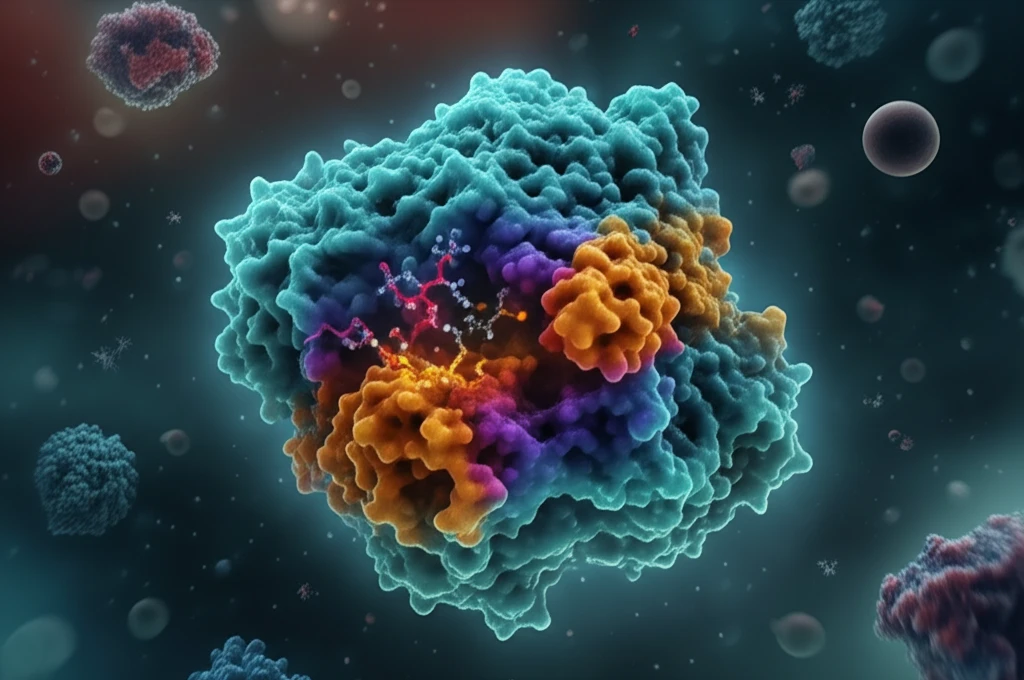
Covalent Kinase Inhibitors: A Promising Frontier in Cancer Treatment
"Unlock the potential of covalent kinase inhibitors in cancer therapy: Discover how these innovative drugs are revolutionizing treatment approaches and offering new hope."
For decades, scientists have recognized kinases, which regulate cell functions, as crucial targets for pharmacological intervention. This realization has fueled significant advancements in developing kinase inhibitors for cancer treatment. The journey began with early successes like Gleevec® and has expanded to include over 28 FDA-approved kinase inhibitors as of January 2016. These drugs have revolutionized cancer therapy, enhancing patient outcomes across various malignancies.
Despite the progress, drug developers still face two major challenges: minimizing activity against other human kinases (of which there are over 500) and achieving sufficient systemic exposure to ensure 24-hour kinase inhibition with convenient dosing schedules. One innovative approach to tackling these challenges is through designing covalent inhibitors, which selectively target kinases.
Covalent inhibitors offer heightened selectivity by targeting nonconserved cysteine residues, which are less common among kinases. Furthermore, covalent binding ensures prolonged target coverage, reducing the need for high systemic exposure. In this article, we'll explore the concepts driving this approach, assess protein-specific factors, and evaluate the potential for mutations and off-target effects.
Why Covalent Kinase Inhibitors (CKIs) are the Future of Cancer Therapy

Covalent kinase inhibitors (CKIs) offer several advantages over traditional, non-covalent inhibitors, positioning them as a crucial component in the future of cancer treatment. These benefits include achieving highly selective kinase inhibition and prolonged residence time via covalent binding. The unique mechanism of action and targeted approach enhance their therapeutic potential, reducing side effects and improving patient outcomes.
- High Selectivity: Covalent inhibitors can selectively target specific kinases, reducing off-target effects and improving efficacy.
- Prolonged Target Coverage: Covalent binding ensures lasting inhibition, even after the drug has cleared from systemic circulation.
- Overcoming ATP Competition: By binding covalently, these inhibitors bypass competition with high ATP concentrations in cells, enhancing their effectiveness.
- Lower Systemic Exposure: The prolonged binding reduces the need for high drug concentrations, minimizing potential toxicities.
Looking Ahead: The Future of Covalent Kinase Inhibitors
The field of covalent kinase inhibitors is rapidly evolving, offering new hope for cancer treatment. As researchers continue to identify and develop new CKIs, we can anticipate more selective, effective, and personalized therapies. The potential for these inhibitors to transform cancer care is immense, making it a vibrant and critical area of ongoing research and development.
